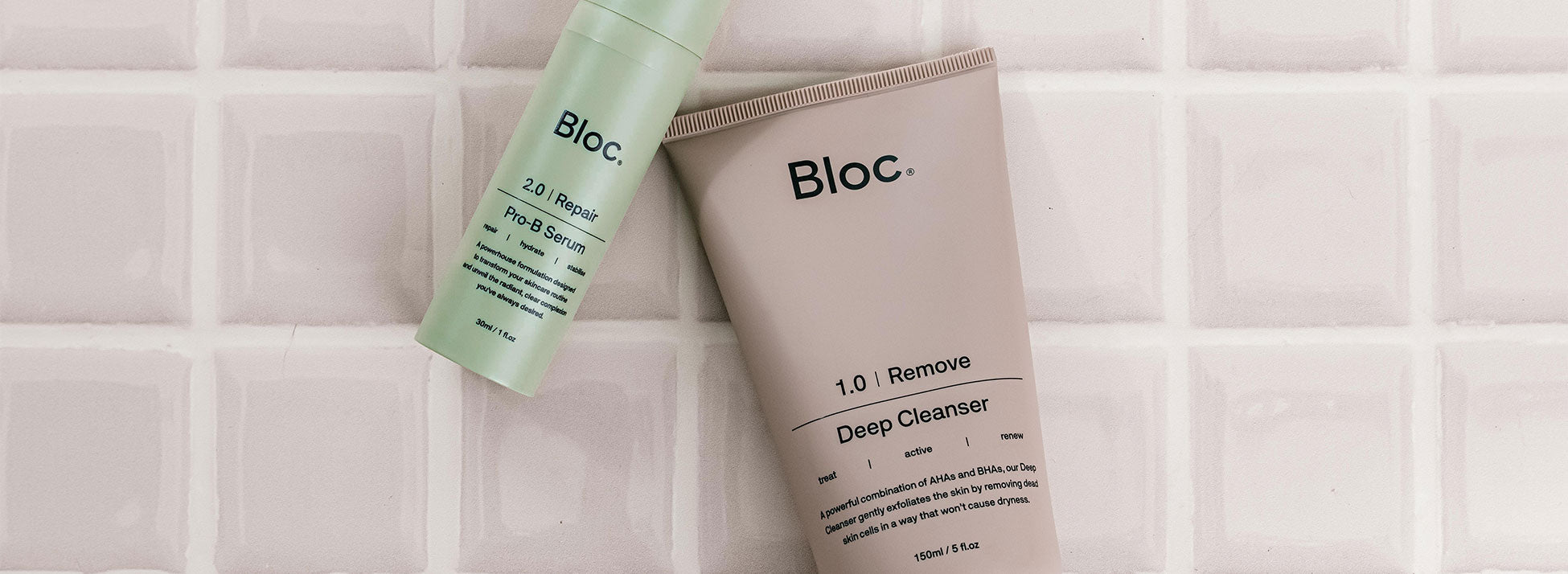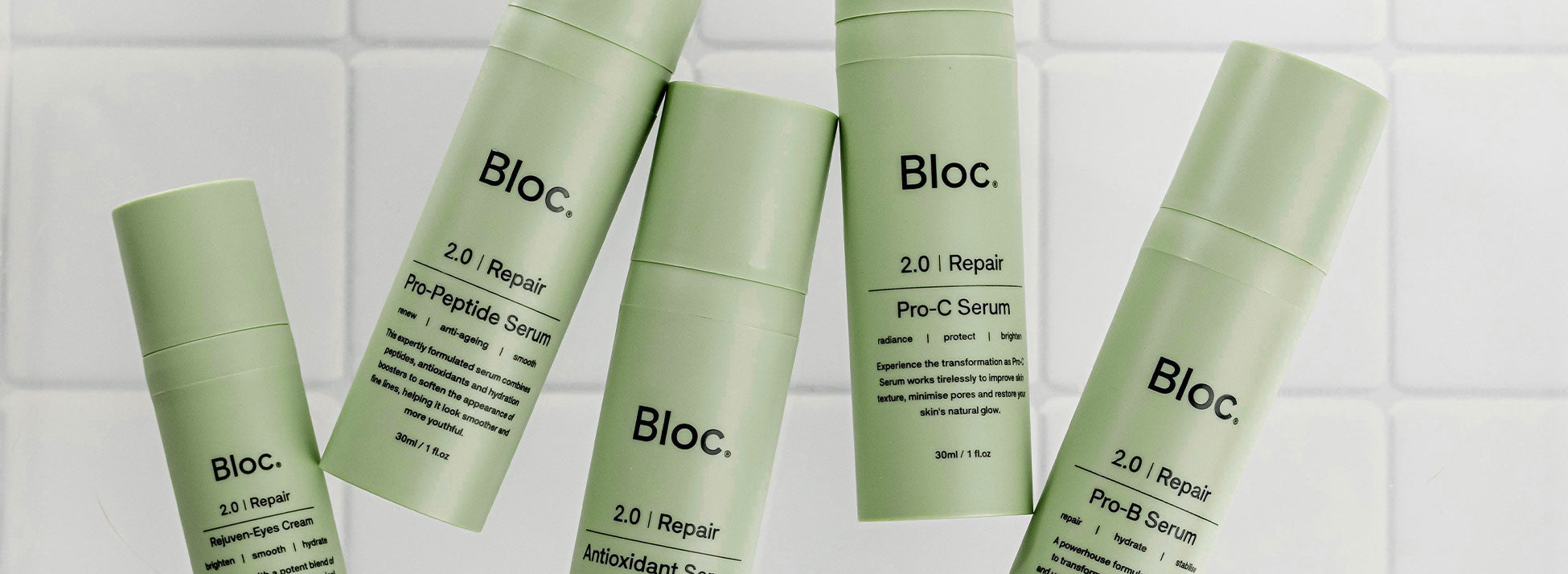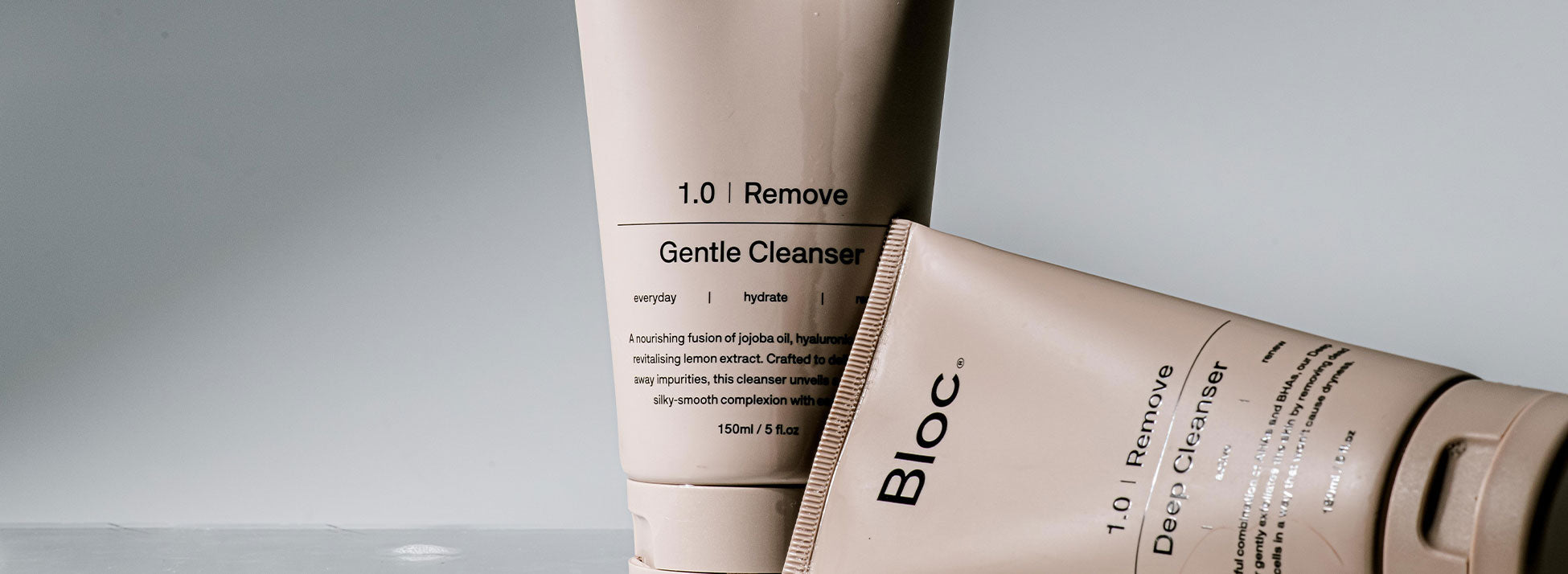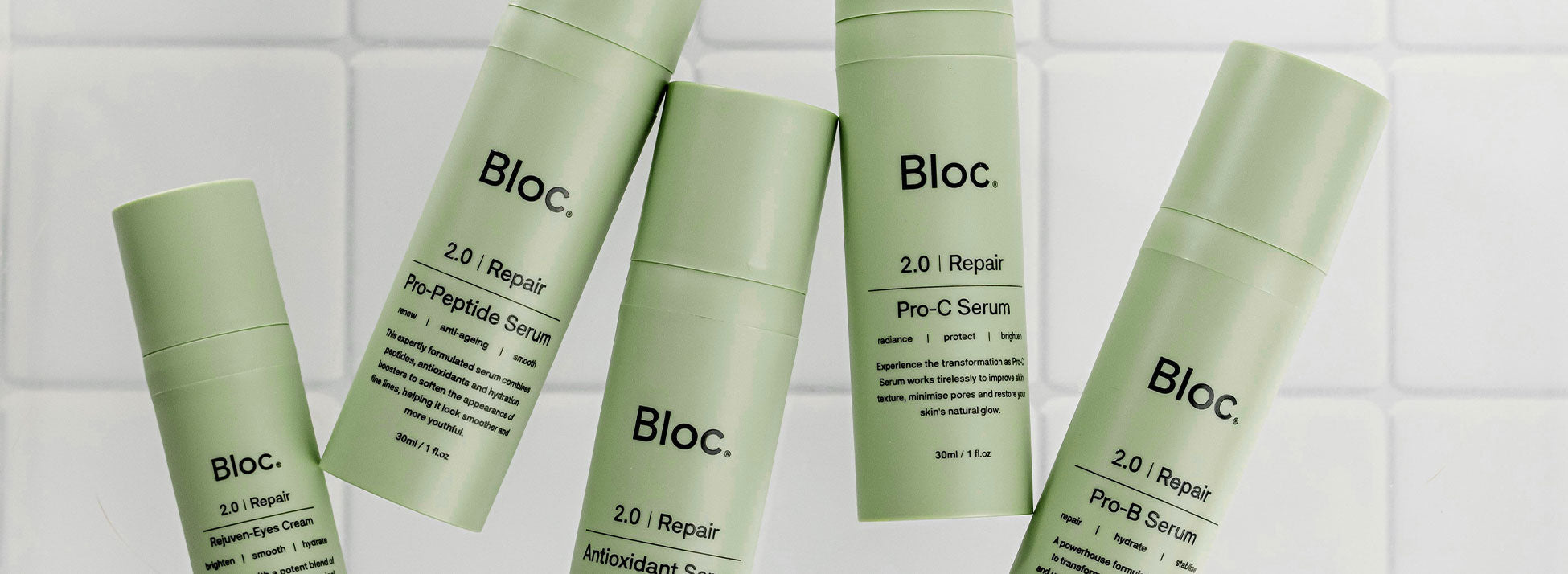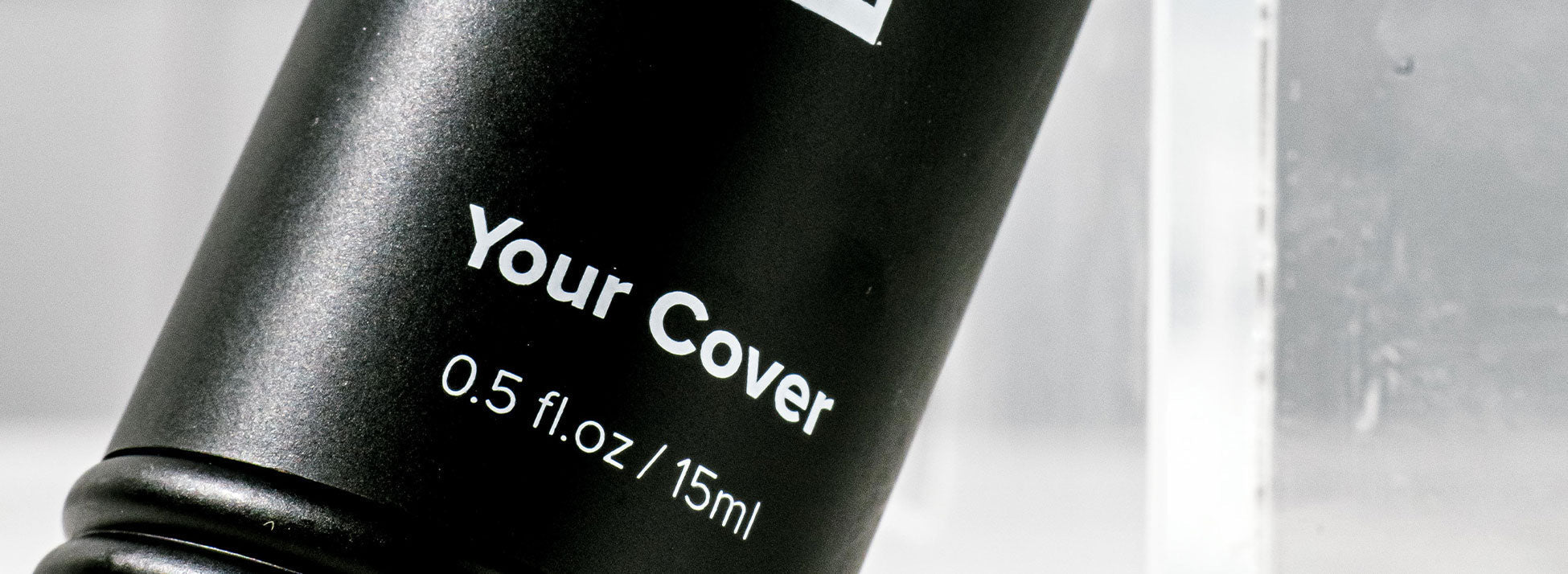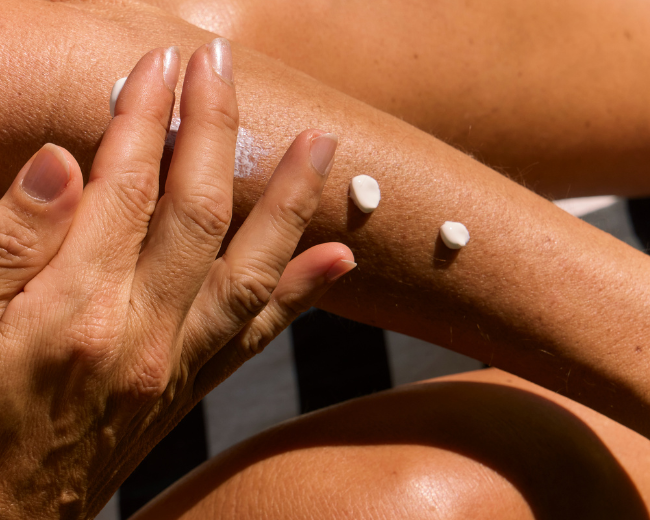Should You Use a Sun Lotion Stick or Traditional Sunscreen in 2025?
Choosing between a sun lotion stick and traditional sunscreen depends on your lifestyle. Sun lotion sticks are compact, no-mess, and perfect for targeted areas like your nose and cheeks—ideal for quick reapplications. Traditional sunscreens offer full-face, broad-coverage protection. In 2025, many people carry both to blend convenience with comprehensive daily sun care.
With rising awareness about the dangers of sun exposure, sunscreen has become a daily essential for people worldwide. But the options are vast, ranging from creamy traditional sunscreens to more innovative formats like the sun lotion stick. If you’ve been wondering which one suits your lifestyle and skin type better, you’re not alone.
In this comprehensive guide, we’ll break down the key differences, pros and cons, and practical uses of sun lotion sticks and traditional sunscreens to help you make an informed decision.
What is a Sun Lotion Stick?
A sun lotion stick is a solid, portable, and easy-to-apply form of sunscreen. Packaged in a twist-up tube similar to lip balm or deodorant, the stick format allows you to glide the sunscreen directly onto your skin without using your fingers or a cotton pad.
Sun lotion sticks are formulated with active ingredients that provide broad-spectrum protection against UVA and UVB rays, just like traditional sunscreens. However, their unique form factor offers several distinctive benefits, making them popular for on-the-go use.
What is Traditional Sunscreen?
Traditional sunscreen typically comes in the form of creams, lotions, gels, or sprays. These products are applied manually using hands or sprayed onto the skin. They contain a variety of chemical or mineral UV filters that absorb or reflect ultraviolet rays to prevent skin damage.
Traditional sunscreen has been the go-to sun protection method for decades and remains widely used due to its versatility and effectiveness.
Sun Lotion Stick vs. Traditional Sunscreen: Key Differences
|
Feature |
Sun Lotion Stick |
Traditional Sunscreen |
|
Formulation |
Solid, waxy stick |
Cream, lotion, gel, or spray |
|
Application |
Directly applied by gliding stick on skin |
Spread manually with fingers or spray |
|
Portability |
Highly portable and travel-friendly |
Bulkier, prone to leakage/spills |
|
Mess Factor |
Less messy, no hands needed |
Can be messy or sticky |
|
Absorption |
Often dries quickly, less greasy |
Varies, some can feel oily or heavy |
|
Best For |
Targeted areas (face, lips, ears) |
Large body areas and full coverage |
|
Water Resistance |
Often water-resistant |
Varies by product |
|
Reapplication Ease |
Easy to reapply on-the-go |
Requires hands or sprays |
Advantages of Sun Lotion Stick
1. Convenient and Portable
Sun lotion sticks are compact and easy to carry in your purse, pocket, or travel bag without the risk of spillage. This makes them perfect for quick touch-ups during outdoor activities like hiking, beach outings, or sports.
2. Mess-Free Application
Since the product is applied directly from the stick, it avoids the greasy or sticky feeling traditional sunscreens sometimes leave on your hands. This is especially handy if you want to avoid touching your face repeatedly.
3. Precision Application
Sun lotion sticks are great for applying sunscreen on smaller, sensitive areas such as the face, nose bridge, ears, lips, and around the eyes. The solid format allows for controlled application without wasting product.
4. Less Likely to Run or Drip
Unlike lotions or sprays, sun lotion sticks don’t drip or run, even on sweaty skin. This can be a major plus when you’re active outdoors.
5. Good for Sensitive Skin
Many sun lotion sticks use mineral-based ingredients like zinc oxide and titanium dioxide, which are less likely to irritate sensitive or acne-prone skin compared to some chemical sunscreens.
Advantages of Traditional Sunscreen
1. Better for Full-Body Coverage
Traditional sunscreens are ideal when you need to cover large areas of your body quickly, such as your arms, legs, and back. The liquid or lotion format spreads easily and evenly.
2. Variety of Formulations
You can find traditional sunscreens in various textures – from lightweight gels for oily skin to rich creams for dry skin. There are also spray options for quick application.
3. Often Enhanced with Skincare Benefits
Many traditional sunscreens contain moisturizing agents, antioxidants, or anti-aging ingredients, combining sun protection with skincare.
4. Widely Available
Traditional sunscreens have been around longer and are more widely available in different SPFs and formulas, including waterproof or sweat-proof variants.
Potential Drawbacks to Consider
Sun Lotion Stick
-
Limited Coverage: Because of its solid form, covering large body parts with a sun lotion stick can be time-consuming.
-
White Cast: Some mineral-based sticks may leave a slight white residue on the skin, though many brands now use micronized zinc oxide to reduce this.
-
Texture: Some sticks can feel waxy or thick on the skin, especially in hot weather.
Traditional Sunscreen
-
Messiness: Creamy sunscreens can feel greasy or sticky and sometimes require hand washing after application.
-
Application Difficulty: Applying spray sunscreens evenly can be tricky, and you risk inhaling the mist.
-
Environmental Concerns: Some chemical sunscreens have ingredients harmful to coral reefs and aquatic life.
Which One Should You Pick?
Choose Sun Lotion Stick If…
-
You need a portable, easy-to-carry sunscreen for quick reapplication during the day.
-
You want a mess-free, no-fuss application, especially on your face or sensitive areas.
-
You prefer mineral-based, natural ingredients for sensitive or reactive skin.
-
You’re looking for a sunscreen to use during outdoor activities or travel.
-
You want to avoid potential chemical irritants found in some traditional sunscreens.
Choose Traditional Sunscreen If…
-
You need to cover large body areas efficiently.
-
You prefer lighter textures or specific formulations (gel, spray) for your skin type.
-
You want a product that combines skincare benefits like hydration or anti-aging.
-
You plan to use sunscreen daily as part of a regular skincare routine.
-
You want a wide variety of SPF levels and formulations to choose from.
Tips for Using Sun Lotion Stick Effectively
-
Apply Generously: Don’t skimp on application; make sure you cover all exposed skin.
-
Use on Dry Skin: For best adherence, apply the stick on dry skin rather than wet or sweaty skin.
-
Reapply Frequently: Like all sunscreens, reapply every 2 hours or after swimming or sweating.
-
Combine with Other Products: Use the stick for your face and smaller areas, and a lotion or spray for the body.
-
Test for White Cast: Try a small patch first if you’re concerned about visible residue.
Final Thoughts
Both sun lotion sticks and traditional sunscreens have their place in your sun protection arsenal. Your choice depends on your lifestyle, skin type, and personal preferences.
If convenience, portability, and targeted application are your priorities, a sun lotion stick is a fantastic choice, especially for the face and small areas. On the other hand, if you want quick, broad coverage for the whole body with a variety of texture options, traditional sunscreens remain indispensable.
Whichever you pick, the most important thing is consistent and generous application of sunscreen every day to protect your skin from harmful UV rays, reduce premature aging, and prevent skin cancer.

